This is the first part of a 4-part series recapping the recent Sweet Confessions event I was part of at the Institute for Integrative Health in Baltimore! Part 2 will take us through how to cut cravings and eat for energy, and in Part 3 we’ll cover which sweeteners to avoid or minimize and which ones are the best choices.
———————————————————————————————
Earlier this year, I wrote in my journal that one of my goals this year was: To speak at the Institute for Integrative Health.
This past Thursday, I had the honor and privilege to do just that!
The night started with a Healthy Happy Hour and was supported by some of my favorite food vendors, including Zia’s Cafe/Plantbar, Jinji Chocolates, Mamma Chia, and KIND, as well as other local advocates of wholesome food and health education, such as Real Food Farm and Mission Thrive.
I had my own Rachel’s Nourishing Kitchen table and was giving out samples of my homemade Snickerdoodle Cookie Dough Bites, which were a HUGE hit!
A little 3-year-old girl came back for thirds 🙂
They’re made without refined sugar and use natural sweeteners, including Medjool dates and raw coconut palm sugar.
They also contain blood-sugar stabilizing cinnamon and satiating sources of protein and healthy fats. We’ll talk more about why that’s important in the second post in this series!
You could feel the energy in the room as everyone mingled and sampled the delicious eats.
We made our way into the main room for the Sweet Confessions presentation with Dr. D’Adamo. I was excited to see friends, clients, and peers there!
I started off talking about how I’ve always had a sweet tooth and grew up loving Sour Patch Kids, Swedish Fish, Fruit by the Foot, Gushers, Mike & Ikes, and everything in between.
I had fruit snacks in my lunch box, Little Debbie treats as part of an after-school snack, and loads of candy for every holiday.
We watched a funny clip from the Jimmy Kimmel show that shows just how strong our emotional connection to sweets is.
Check it out for a laugh 🙂
We love sweets because they taste good and make us feel good. But most of us don’t realize how biologically wired that preference is!
Our taste system has an important job – to decide whether to accept a food; it serves as the gatekeeper. Michael Moss writes about this in his book Salt Sugar Fat (a highly recommended read!).
Our hunter-gatherer ancestors had very little access to sweet foods, but “sweet” meant that a food was safe to eat and would provide energy, something that was unpredictable and hard to come by at that time.
The sweetest thing they likely had access to were berries – a far cry from the Sour Patch Kids and fruit snacks I loved so much as a kid. In our talk, our goal wasn’t to vilify sugar. We simply wanted to raise awareness around how much most of us are eating and to consider how it might be impacting our health and how we feel. Rather than “telling” everyone to avoid sugar entirely, we talked about how to make the best choices when it comes to sweeteners, so we can still enjoy them.
So, how much sugar are we eating? Let’s take a look.
In 1822, we consumed an average of 45 grams of soda every 5 days – that’s about the amount of sugar in one 12-ounce can of Coke.
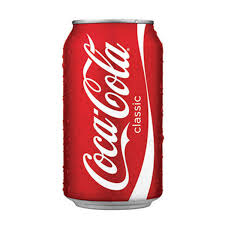
Fast forward to 2010, and the average American is eating 765 grams of sugar every 5 days – the amount of sugar in 17 cans of Coke! That’s about 22 teaspoons a day or 130 pounds of sugar per year – a person worth of sugar.
Our bodies haven’t adapted to how much sugar we’re pouring in on a daily basis. And it’s not just in the form of sugary candy. Sugar is hiding in foods we may not even suspect.
One of the most helpful tips I’ve learned about how to spot sugar in food is to memorize this simple stat:
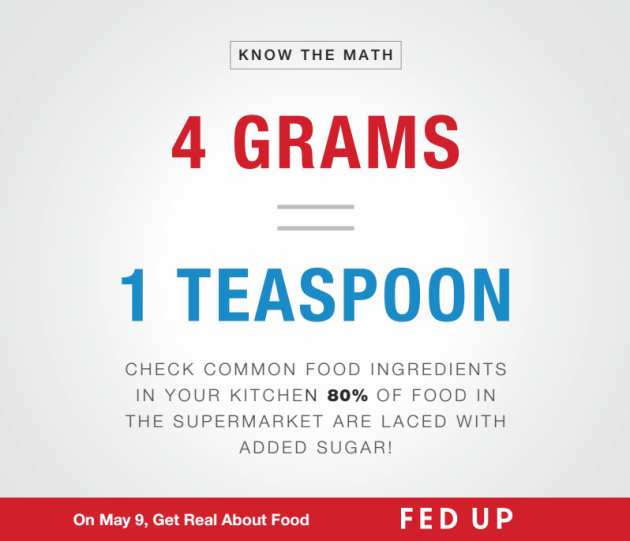
Once I started paying attention to that, it totally changed how I shopped for any packaged foods.
I was shocked to find out how much sugar was in seemingly “healthy” foods like yogurt, granola bars, and even smoothies.
Take a look at one of the comparisons below and find many more on the Sugar Stacks website.
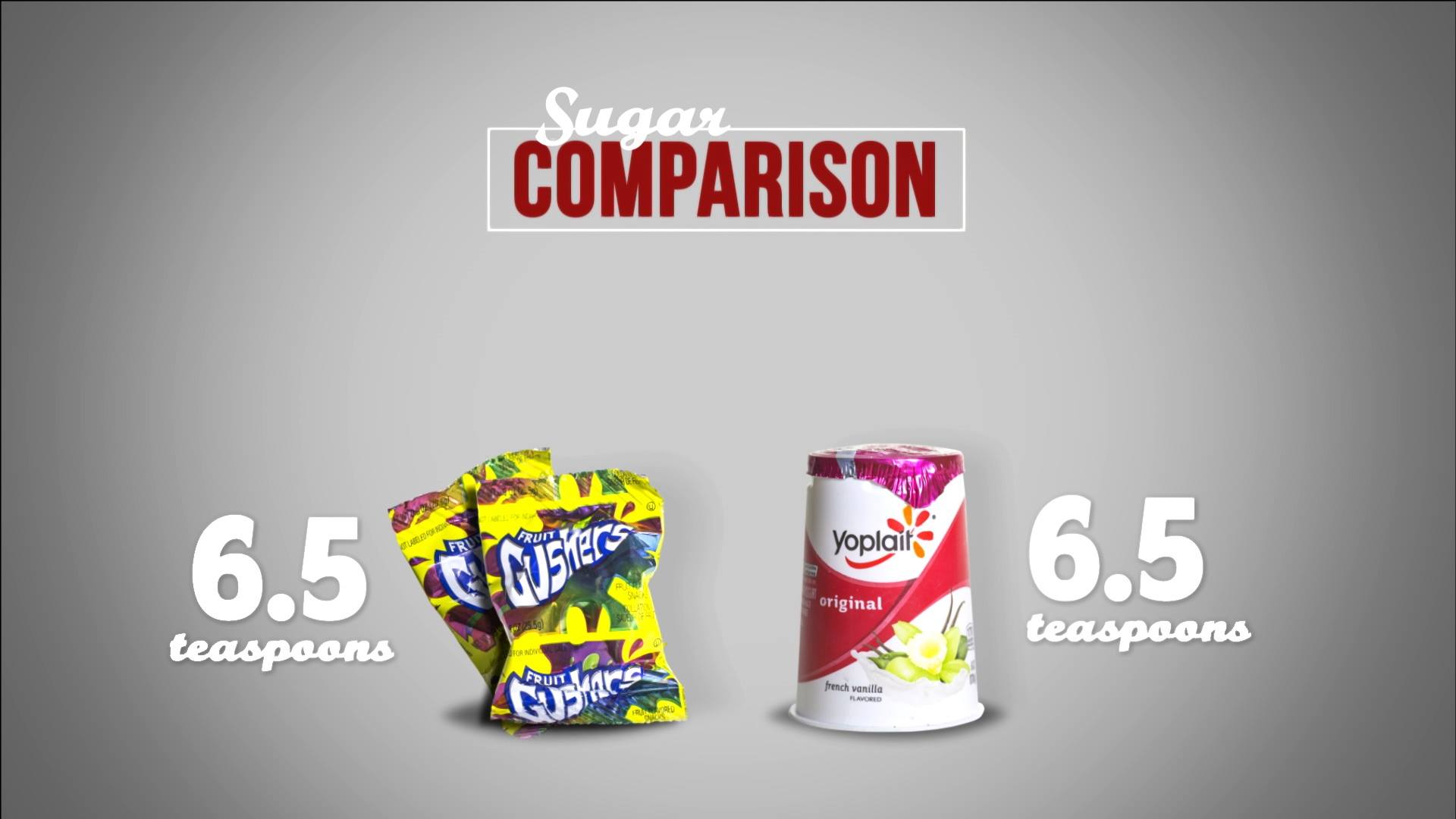
WHOA!
Yogurt and a pack of Gushers fruit snacks have the same amount of sugar?
What’s going on?
How did we get here?
A lot of our current eating habits can be traced back to the introduction of the first dietary guidelines in the U.S. in the late 1970s.
The initial recommendations that were set to be released were to significantly reduce sugar intake along with consumption of red meat and dairy products. The sugar, meat, and dairy industries were infuriated by these recommendations and lobbied to have them softened, which is exactly what happened.
So, instead of cutting back on sugar, the release of the McGovern report villainized saturated (and ultimately ALL) fat.
The result was that our intake of refined, enriched and processed carbohydrates skyrocketed beyond anything we’d ever seen with the introduction of low-fat, no fat, fat-free, and lite products.
We stopped eating fat, starting eating refined flour and sugar, and we started gaining weight.

It’s not just that we’re now suddenly weak and don’t have the willpower to resist sweet temptations that seem to surround us at all times. It’s that we’re trying to resist a biochemical drive on a daily basis, especially when it comes to foods like sugar.
One study done in rats was designed to test their preference for sugar-sweetened water compared to intravenous cocaine. 94% of the rats preferred the sugar-water, suggesting that rats can become sugar dependent under certain circumstances, which may translate to human conditions.
Dr. Robert Lustig, a pediatric endocrinologist and founder of the Institute for Responsible Nutrition, explains how this process of dopamine release happens in the human brain.
When we eat sugary foods, the brain gets flooded with the pleasure chemical – dopamine – and starts reducing its number of dopamine receptors in order to keep things balanced. This is called downregulation. In other words, we need MORE to get the same effect or “high.” This is known as tolerance.
When drug addicts become tolerant to the effects of a drug, they start increasing the dosage to get the same effect. Lustig suggests we’re doing the same thing with food in this video.
Many of us experience sugar highs and lows throughout the day that affect everything from our energy levels to mood and even weight.
So, if this drive to eat these foods is so strong, how do we address it in a way that doesn’t center around deprivation and dieting?
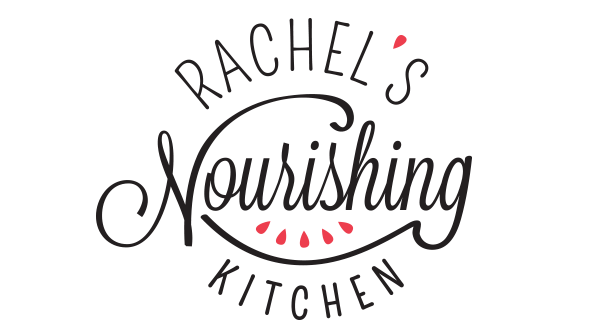





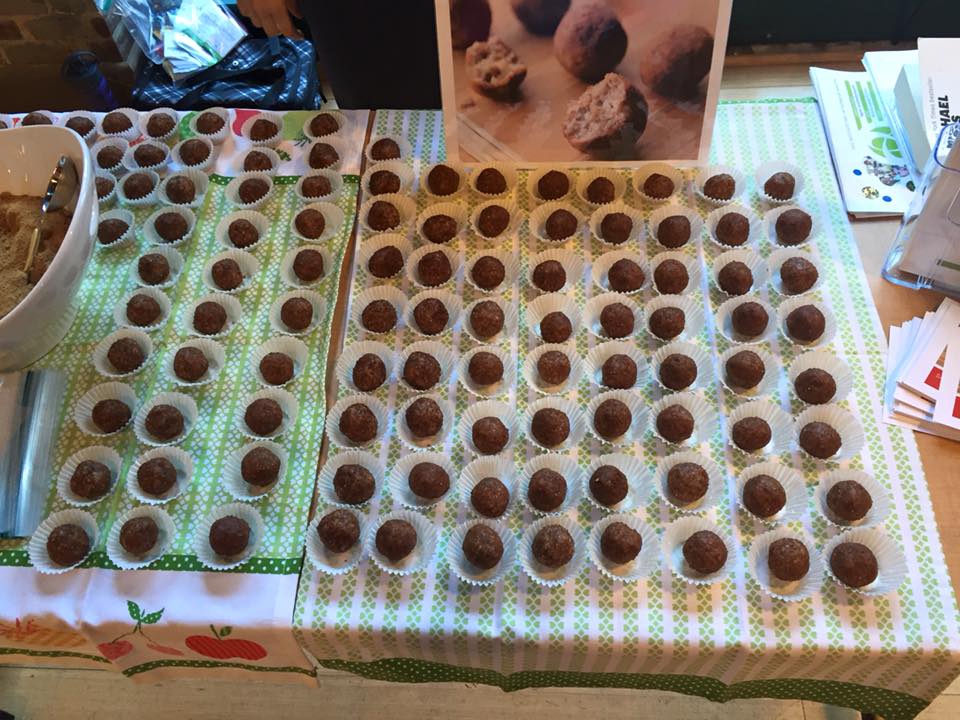

Jackie Hill
Great information Rachel! Sugar is so, so, so addictive. Wish I could have seen your presentation!
racheldruck
Thanks, Jackie! I’m glad you like the info, so stay tuned for the next few posts in this series! I’m up to 4 now – just so much great info to share that will really help people 🙂